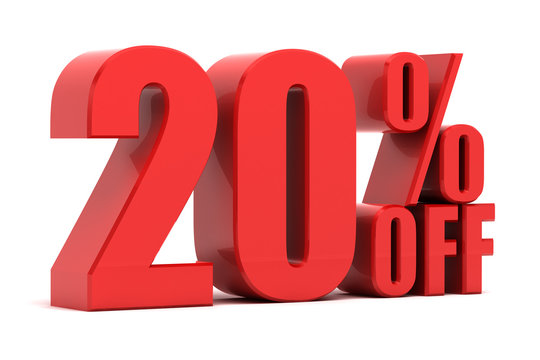U. S. consumers now contend with an effective tariff rate exceeding 20%, marking the steepest level observed since the early 1900s, according to estimates by the International Chamber of Commerce following the latest round of import levies introduced under President Trump’s administration. This escalation stems from a newly implemented baseline tariff of 10%, supplemented by selective duties—up to 50% on copper and 200% on pharmaceuticals—pushing the overall rate to unprecedented heights.
Andrew Wilson, deputy secretary-general of the ICC, explained that the administration appears to be calibrating tariff levels to maximise revenue without triggering a full-scale market meltdown. Despite wide-ranging rates, Wall Street has shown remarkable composure, a stark contrast to the sharp sell-off experienced in April when the initial import duties were announced. Treasury Secretary Scott Bessent confirmed that customs collections have reached approximately $100 billion so far, with projections forecasting up to $300 billion by year-end.
Legal and legislative challenges are emerging in response. A federal appeals court struck down the “Liberation Day” tariffs imposed under the International Emergency Economic Powers Act, declaring the move exceeded executive authority, though the ruling is presently stayed pending appeal. Meanwhile, Congress is contemplating legislation aimed at curbing unilateral tariff powers, and trade negotiations with major trading partners—namely Japan, the EU, the U. K. and Canada—could moderate or delay certain duties.
Since April, the U. S. has extended tariffs to a broad array of countries. Canada faces a general increase from 25% to 35% on non‑USMCA imports beginning 1 August, with additional duties on steel and aluminium already in place. Meanwhile, Brazil has been targeted with a 50% tariff, linked in part to political tensions, and levels between 25% and 40% are set for nations including Japan, South Korea, Thailand, Malaysia, the Philippines, Sri Lanka, South Africa and others. A hold‑and‑test strategy allows a window until August 1 for targeted trade deals.
Market participants have noted this restrained approach: a 10% baseline is broadly absorbed, but steeper duties serve as leverage. The administration appears comfortable testing thresholds before escalating further.
Economists caution that importers and consumers will bear the brunt of these changes. A Yale Budget Lab analysis determined that U. S. tariffs to date equate to a 24.6 percentage‑point rise in the average effective rate—potentially reaching 27% absent substitution effects. These duties could elevate consumer prices by roughly 2.9%, reducing household purchasing power by about $4,700 annually. Substitution toward non‑Chinese suppliers later moderates the rate to approximately 18.5%, the highest since 1933.
A Harvard Business School study corroborates these dynamics: between March and June, import prices rose ~3%, and domestically produced goods competing with imports increased by ~2% due to elevated component costs and altered supply chains. Similarly, U. S. apparel imports from China fell to the lowest in 22 years in May, as buyers shifted to suppliers in Southeast Asia and Latin America.
While equities appear resilient—with the S&P 500 near record highs—analysts warn that bond and currency markets may signal latent stress. UBS expects household and business inventories to help absorb short‑term shocks, but flags a possible 0.7 percentage‑point drag on GDP growth in 2025 if tensions persist.
Businesses represented by the ICC, covering some 45 million firms, have voiced concern: 60% of respondents to an ICC pulse survey consider the tariffs negatively, citing cost inflation, supply chain uncertainty and the risk of retaliation as principal worries.
Despite this, the ICC insists negotiators must prioritise de‑escalation and multilateral engagement. Secretary‑General John Denton called the policy shift “a watershed moment in American trade policy” that could inflict systemic harm on the global economy, noting the effective U. S. tariff rate now eclipses levels last seen during the Smoot–Hawley era of the 1930s.

